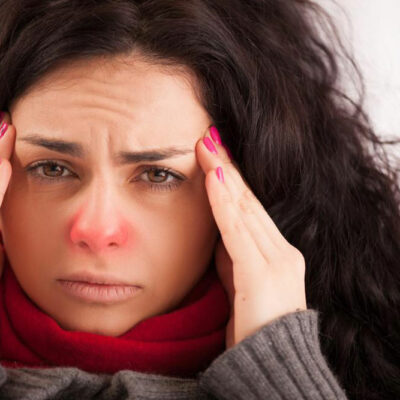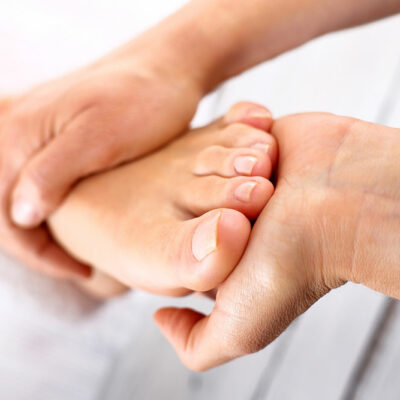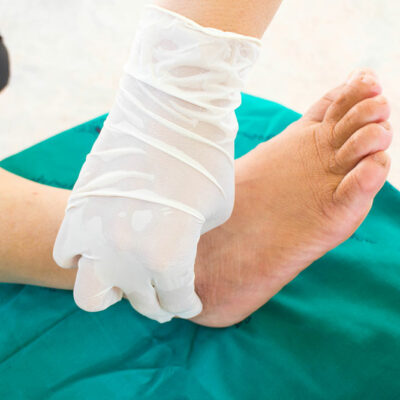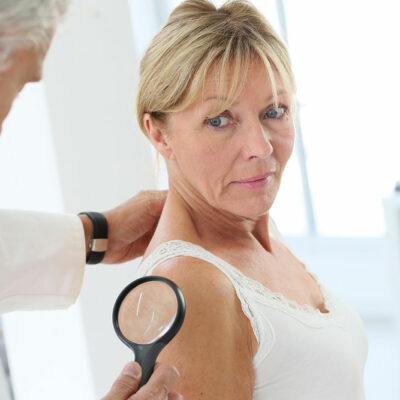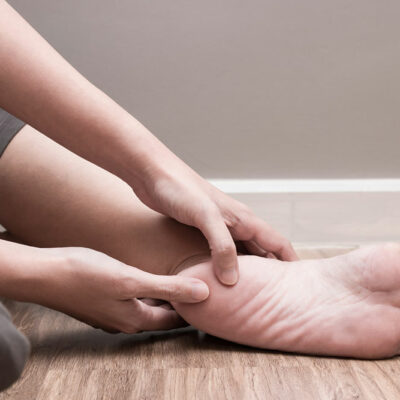
Signs & Symptoms
All You Need to Know about Neuropathy Foot Pain
There are various ways to resolve neuropathy foot pain including medication and several therapies, but it is important to identify the underlying cause first. It occurs when there is damage to any of the peripheral nerves. Symptoms of Neuropathy foot pain Neuropathy foot pain is a result of some affected nerve of the peripheral system. The type of nerves that are involved include: Sensory nerves Sensations such as pain, temperature, touch, vibration through the skin are picked up by the sensory nerves. Motor Nerves The movement of the muscles is regulated by these nerves. Autonomic Nerves The heart rate, blood pressure, bladder, and digestion are controlled by the autonomic nerves. The signs and symptoms of peripheral neuropathy are as follows: Numbness or tingling A feeling of numbness or tingling that starts at your hands/feet and radiates to your arms and legs. Pain A feeling of sharp, burning, throbbing or freezing pain. Sensitivity You become extremely sensitive to light touch. Coordination Problems with balance occur as a result of poor coordination and sometimes you could fall. Muscle weakness If there is an impact on the motor nerves, there could be a resultant weakness of muscles or paralysis. Heat intolerance This occurs if there is an effect on the autonomic nerves.
